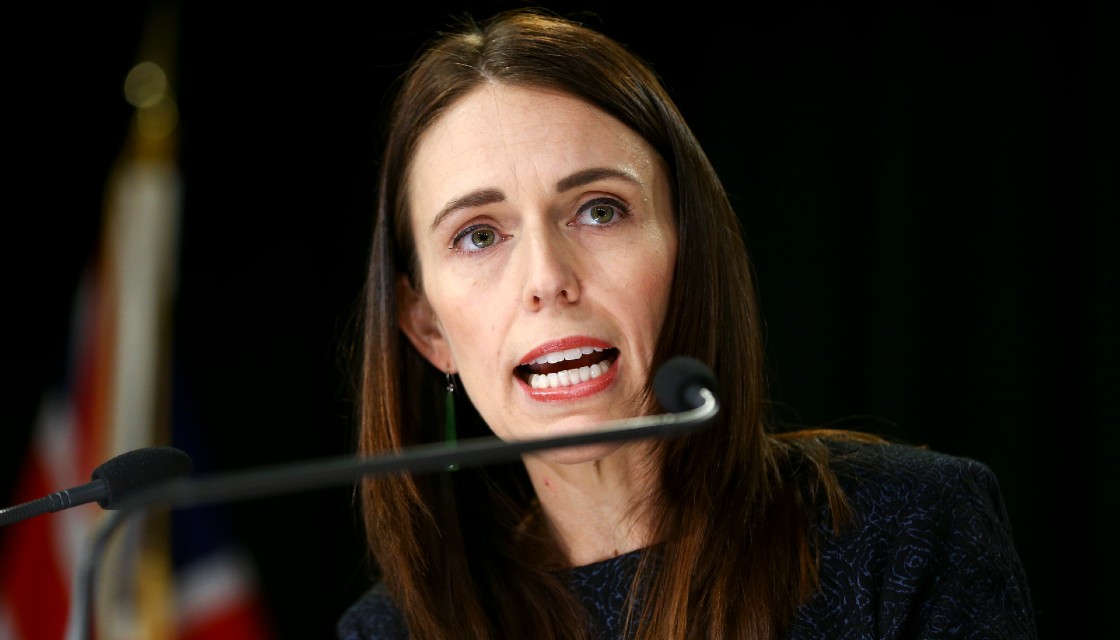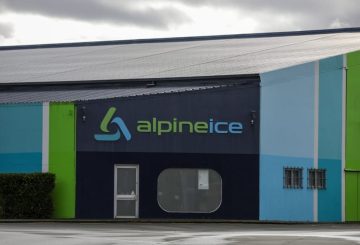뉴질랜드 정부 디지털화 담당 장관인 주디스 콜린스 (Judith Collins) 는 보건 및 교육 부문에서 인공 지능 (AI) 사용을 확대할 계획입니다.전문가들은 신중하고 신중한 접근이 필요하다고 강조하면서 조심스럽게 낙관적인 반응을 보이고 있습니다.
콜린스는 유방조영술 결과 분석, 어린이 지도 등의 분야에서 AI를 활용할 수 있을 것으로 믿고 있습니다.뉴질랜드 이니셔티브의 선임 연구원인 마이클 존스턴 박사는 교육 평등을 증진하기 위한 AI의 잠재력을 지지합니다.하지만 그는 기술이 기본 기술 학습을 대체해서는 안 된다고 경고하며 아이들의 스크린 타임 증가에 대한 우려를 불러일으키고 있습니다.
오클랜드 공과대학 선임 강사이자 AI 포럼 책임자인 마샤 맥컬리 (Mahsa McCauley) 는 AI를 사용하면 교사와 학생이 상당한 이점을 얻을 수 있다고 생각합니다.그녀는 AI가 반복적인 작업을 처리하여 교사의 시간을 절약하고 학생에게 맞춤형 학습 경험을 제공할 수 있다고 제안합니다.하지만 그녀는 AI 사용과 책임감 있는 접근 방식에 대한 교육의 필요성도 강조합니다.
의료 분야에서 Collins는 유방조영술 결과 처리와 같은 작업에 AI를 사용할 것을 제안합니다.오클랜드 대학교의 일반외과의이자 부교수인 Matthew Clark 박사는 이를 잠재적인 판도를 바꿀 것으로 보고 있습니다.그는 또한 의료 커뮤니케이션을 개선하기 위해 다양한 언어의 AI 챗봇을 사용할 것을 제안합니다.하지만 그는 인간의 감시가 여전히 필요하다는 점에는 동의합니다.
공익 싱크탱크 브레인박스 (Brainbox) 의 AI 책임자인 앨린 로빈스 (Allyn Robins) 는 아직 이 기술이 과외와 같은 작업을 할 수 없다며 주의를 기울일 것을 촉구했다.그는 또한 AI 시스템이 개인 데이터를 어떻게 사용할지에 대한 우려를 제기합니다.
유럽 연합은 교육 및 보건을 포함한 고위험 부문에서의 AI 사용을 규제했지만 뉴질랜드는 아직 규제하지 않았습니다.로빈스는 어떤 형태의 지침이나 규제가 필요하다고 생각합니다.



















































-360x245.jpg)









